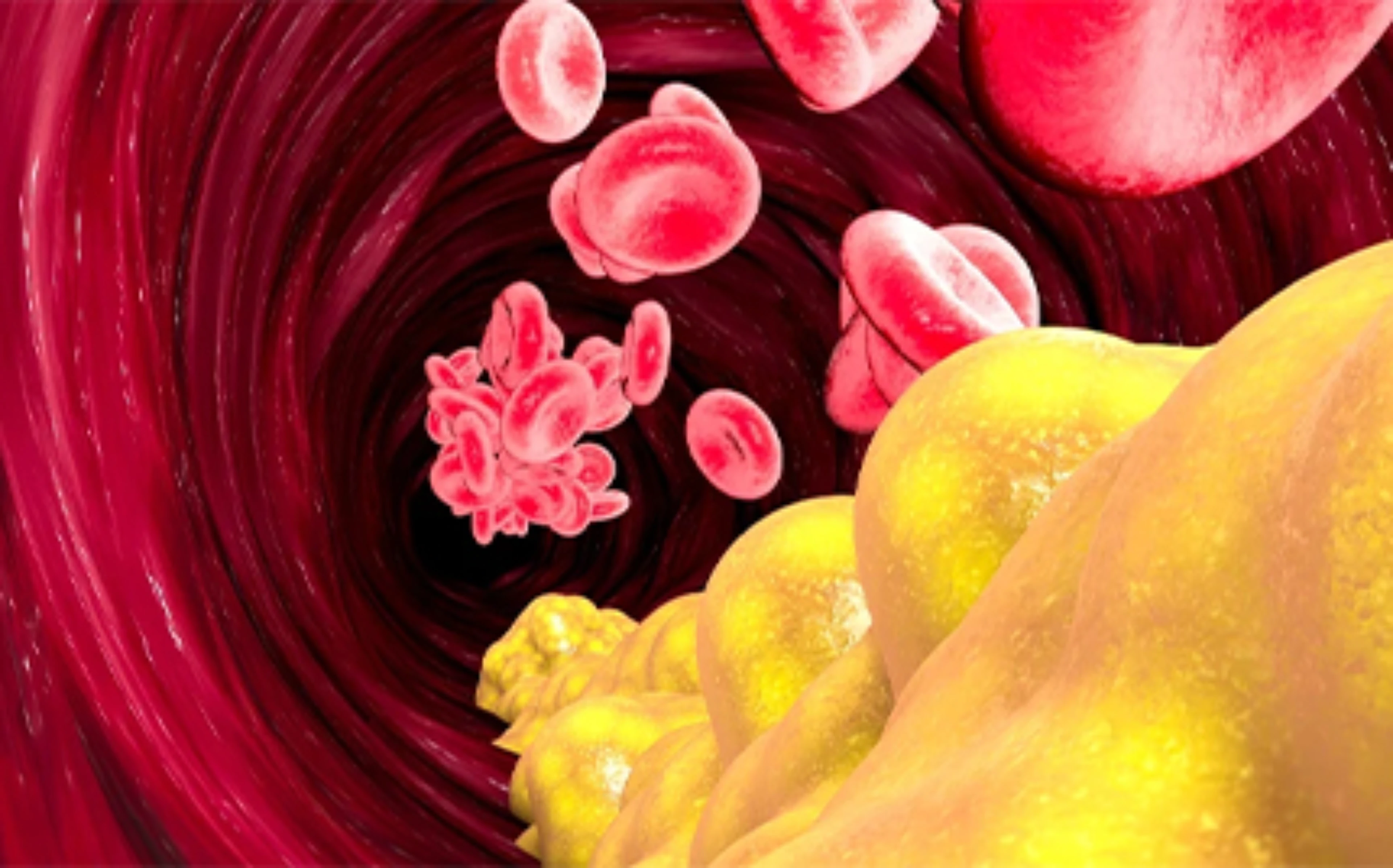- Article
- Source: Campus Sanofi
- 8 May 2025
Clinical practice experience in patients with familial hypercholesterolemia (FH) from the Safeheart registry

Key Takeaway
In clinical practice, PCSK9i (alirocumab or evolocumab) on top of maximum LLT significantly reduced LDL-C levels (by 58%) and improved LDL-C target achievement in patients with heterozygous FH (both in men and women).
LDL-C goals*:
- 2016 ESC/EAS goals†: Patients with ASCVD = 67%; patients without ASCVD = 80%
- 2019 ESC/EAS LDL-C goals‡: VHR patients = 46%; HR patients = 50%
Independent predictors for LDL-C goals: Male gender; smoking; and use of statins + ezetimibe
Why This Matters
- § Use of PCSK9i in clinical practice is less frequent (partly due to cost and insurance issues).
- Safeheart registry study assessed the use and efficacy of PCSK9i as well as LDL-C goals attainment in clinical practice setting of FH patients.
Study Design
Safeheart: Open, Multicenter, Nationwide, Long-term Prospective Study (N = 433 [Alirocumab = 211; Evolocumab = 222])
Key Inclusion Criteria
Patients with molecular diagnosis of FH (aged ≥20 years) on stable LLT, who received PCSK9i (alirocumab 75/150 mg every 2 or 4 weeks, or evolocumab 140 mg every 2 weeks or 420 mg every 4 weeks) from 2016 to January 2020¶
Key Exclusion Criteria
Patients who participated in RCTs with PCSK9i before 2016
LDL-C Goals: Defined and analyzed based on 2016 and 2019 ESC/EAS guidelines
Key Results
Overall, 433 patients were included in the analysis
Mean age = 55 years; male = 53%; history of ASCVD = 39%; median follow-up = 2.5 years
LDL-C Levels:
- Before PCSK9i: Median LDL-C = 145 mg/dL (IQR: 125–173)
- After addition of PCSK9i: LDL-C levels reduced by 58% (IQR: 41–70 [P <0.001]) in men and women without differences between both PCSK9i
Median LDL-C = 62 mg/dL (IQR: 44–87)
LDL-C Goals*
- 2016 ESC/EAS goals†: Patients with ASCVD = 67%; patients without ASCVD = 80%
- 2019 ESC/EAS LDL-C goals‡: VHR patients = 46%; HR patients = 50%
- Higher LDL-C levels before PCSK9i initiation had a significant inverse relationship with goals attainment
Independent Predictors (2019 ESC/EAS LDL-C GOALS)
- Male gender (P = 0.023); smoking (P = 0.041); and use of statins + ezetimibe (P = 0.008)
Limitations
- Study lacked blinding randomization
- Follow-up analysis was not centralize
- In the follow-up analysis, Lp(a) measurement was not available
* Without differences between alirocumab or evolocumab.
† LDL-C target below 70 mg/dL and 100 mg/dL, respectively according to 2016 ESC/EAS guidelines.
‡ LDL-C goal according to 2019 ESC/EAS guidelines (for VHR patients <55 mg/dL; for HR patients <70 mg/dL).
§ International guidelines recommend PCSK9i for patients with FH with substantially higher LDL-C levels despite maximally tolerated statin ± ezetimibe.
¶ Kept a stable dose of PCSK9i at least 3 months before the last analysis. PCSK9i eligibility was based on Spanish National Health System reimbursement regulations in FH patients.
ASCVD, atherosclerotic cardiovascular disease; CV, cardiovascular; CVD, CV disease; EAS, European Atherosclerosis Society; ESC, European Society of Cardiology; FH, familial hypercholesterolemia; HR, high risk; IQR, interquartile range; LDL-C, low-density lipoprotein cholesterol; LLT, lipid-lowering therapy; Lp(a), lipoprotein(a); PCSK9i, proprotein convertase subtilisin/kexin type 9 inhibitors; RCTs, randomized clinical trials; SAFEHEART, Spanish Familial Hypercholesterolemia Cohort Study; SAFE-RE, SAFE- HEART risk equation; VHR, very high risk.
-
Alonso R, Muñiz-Grijalvo O, Díaz-Díaz JL, Zambón D, de Andrés R, Arroyo-Olivares R et al. Efficacy of PCSK9 inhibitors in the treatment of heterozygous familial hypercholesterolemia: A clinical practice experience. J Clin Lipidol. 2021. Epub ahead of print. PMID: 34052174.
MAT-BH-2200043/v1/Jan 2022